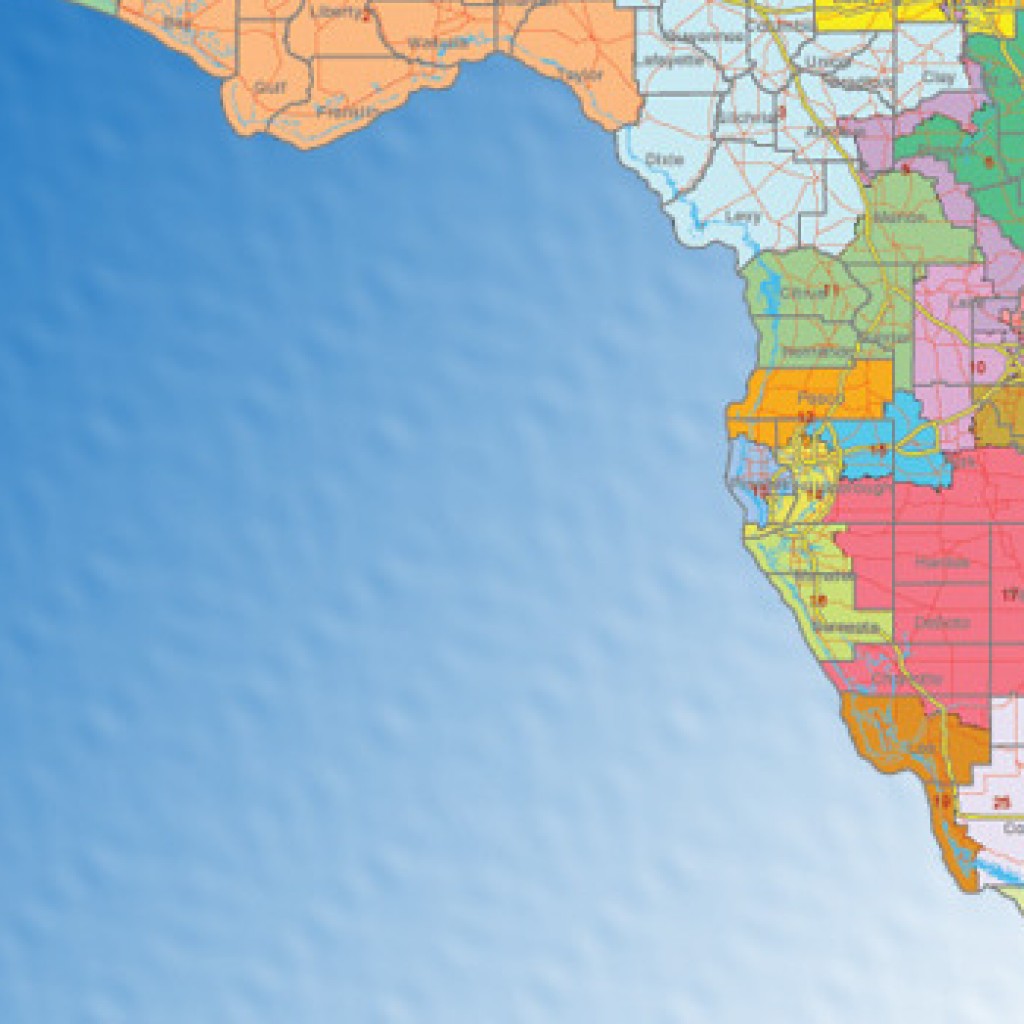
The Florida Legislature convenes next week to redraw eight congressional districts. They were mandated to do the Florida Supreme Court ruled last month that those eight districts were created in violation of the state’s Constitution.
But the League of Women Voters in Florida fears that the Legislature hasn’t gotten the message from the Court, and will redraw the lines outside of the public’s view.
Referring to a joint letter that House Speaker Steve Crisafulli and Senate President Andy Gardiner wrote to their colleagues on July 28 that referred to a “base map” that would by drawn by staff members and then given a “public release” sometimes afterwards, League President Pamela Goodman warns that the map should not be created in private.
“We believe that the “base map” should be discussed and drawn in public, as that map will play a central role in the legislative process of drawing the Congressional redistricting plan,” Goodman writes in a statement. “We hope and expect that the Legislature will provide a mechanism for the public to view the drawing of the “base map” and any associated discussions. With modern technology, there are simple and inexpensive mechanisms by which the drawing of the “base map” can be recorded and made public in real time (e.g., live streaming on the web of any map drawing sessions), and there is no valid reason to refuse such access.”
The League of Women Voters is one of a coalition of voting groups who were successful in their lawsuit claiming the Florida Legislature violated the Fair District amendments to the Florida Constitution. Goodman noted in her statement on Monday that during the 2012 redistricting process, the Legislature emphasized transparency in redistricting, but, “nevertheless made key decisions in non-public meetings, destroyed public records, and undertook other actions that were directly contrary to the openness and transparency with which it assured the public it would act.”
In their ruling, the Supreme Court wrote that the Legislature “conduct all meetings in which it makes decisions on the new map in public and to record any non-public meetings for preservation.”
The LWV is calling on the Legislature to take four steps as it redraws both the Congressional lines next week, and the state Senate districts in October.
(1) The Legislature should comply with both the letter and the spirit of the guidelines set forth in Apportionment VII. Among other things, the Legislature should (a) “conduct all meetings in which it makes decisions on the new map in public” and “record any non-public meetings for preservation”; (b) “provide a mechanism for the challengers and others to submit alternative maps and any testimony regarding those maps for consideration” and “allow debate on the merits of the alternative maps”; (c) “offer an opportunity for citizens to review and offer feedback regarding any proposed legislative map before the map is finalized”; and (d) “preserve all e-mails and documents related to the redrawing of the map.” Id. at *45-46.
(2) The Legislature should specifically identify all persons involved in the preparation of the remedial map (including the “base map”), including persons who drew the map and persons who provided directions, guidance, or input relating to the map.
(3) The Legislature should specifically identify all proposed maps or districts drawn or submitted by the public, legislators, political consultants, or other persons that were relied upon in any way in the preparation of the remedial map (including the “base map”).
(4) The Legislature should not rely on claims of privilege or confidentiality, including attorney-client privilege, as a basis for shielding discussions and decisions regarding the remedial map (including the “base map”). For example, we hope that there will be no attempt to use the presence of counsel during the drawing of the “base map” or discussions regarding the “base map” as a mechanism to avoid disclosing the very information that the Florida Supreme Court urged the Legislature to make public.


